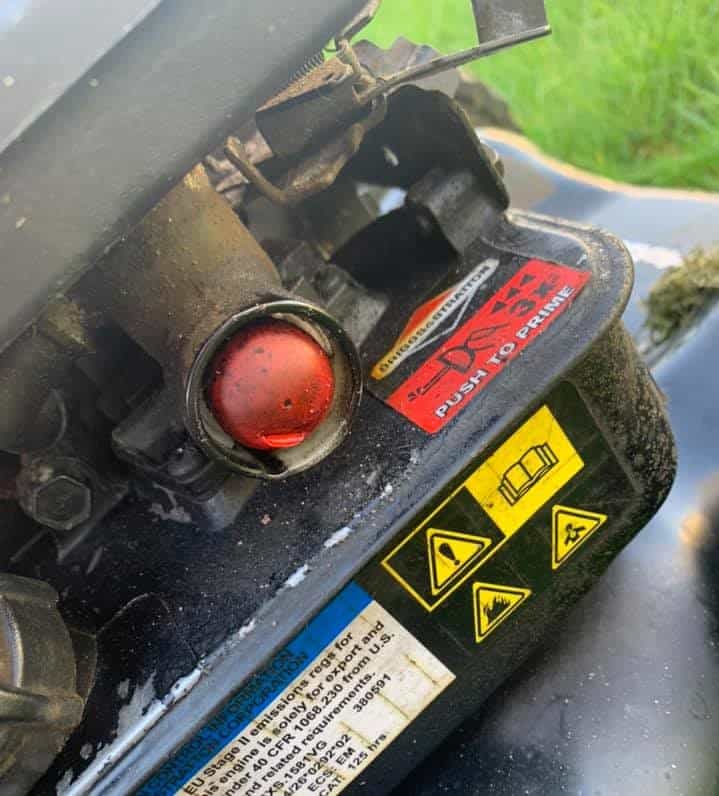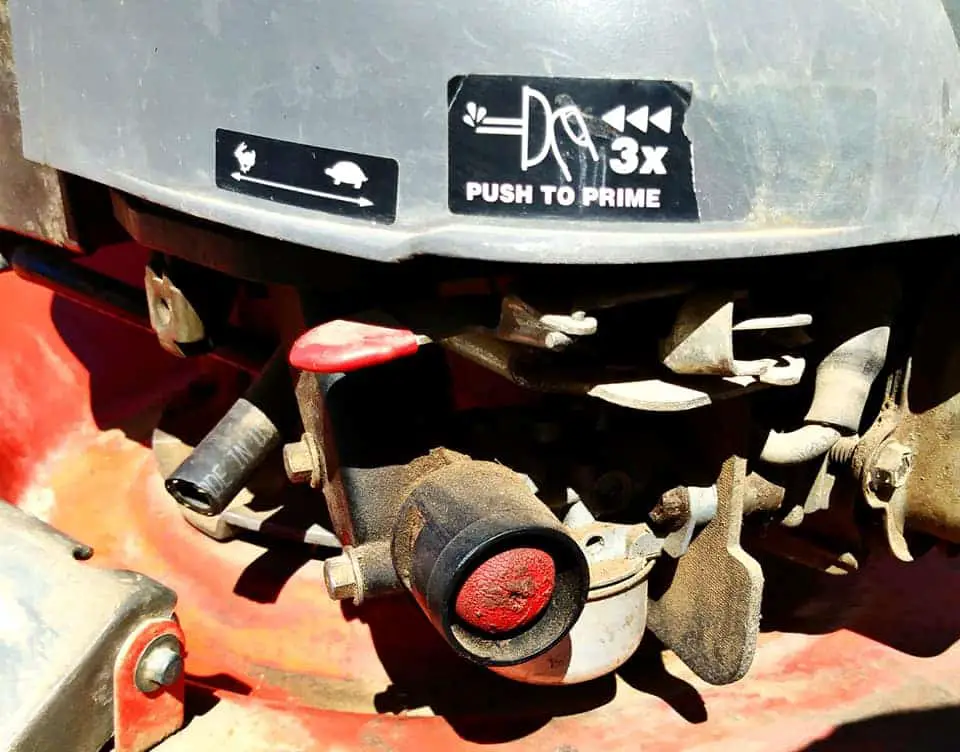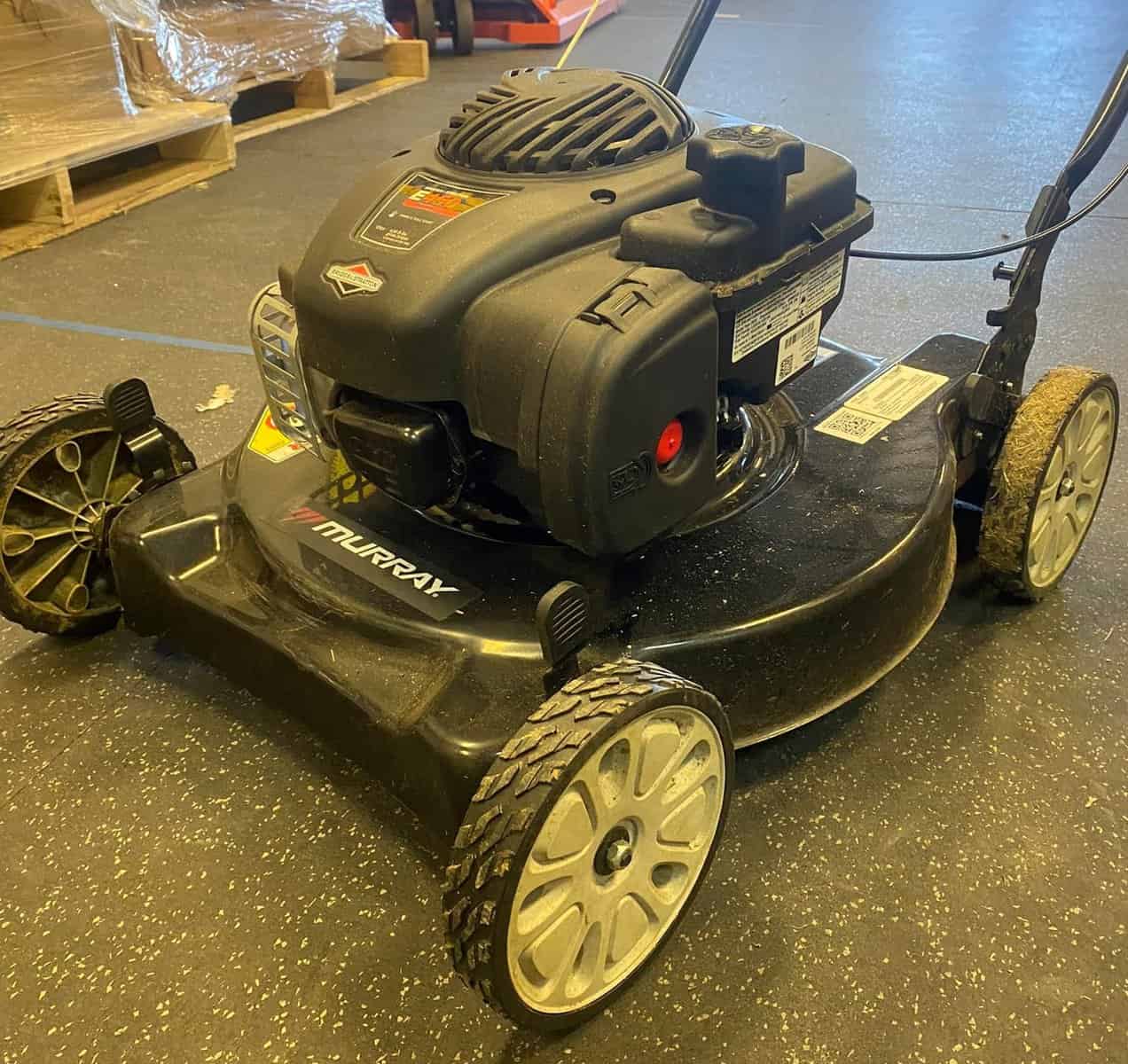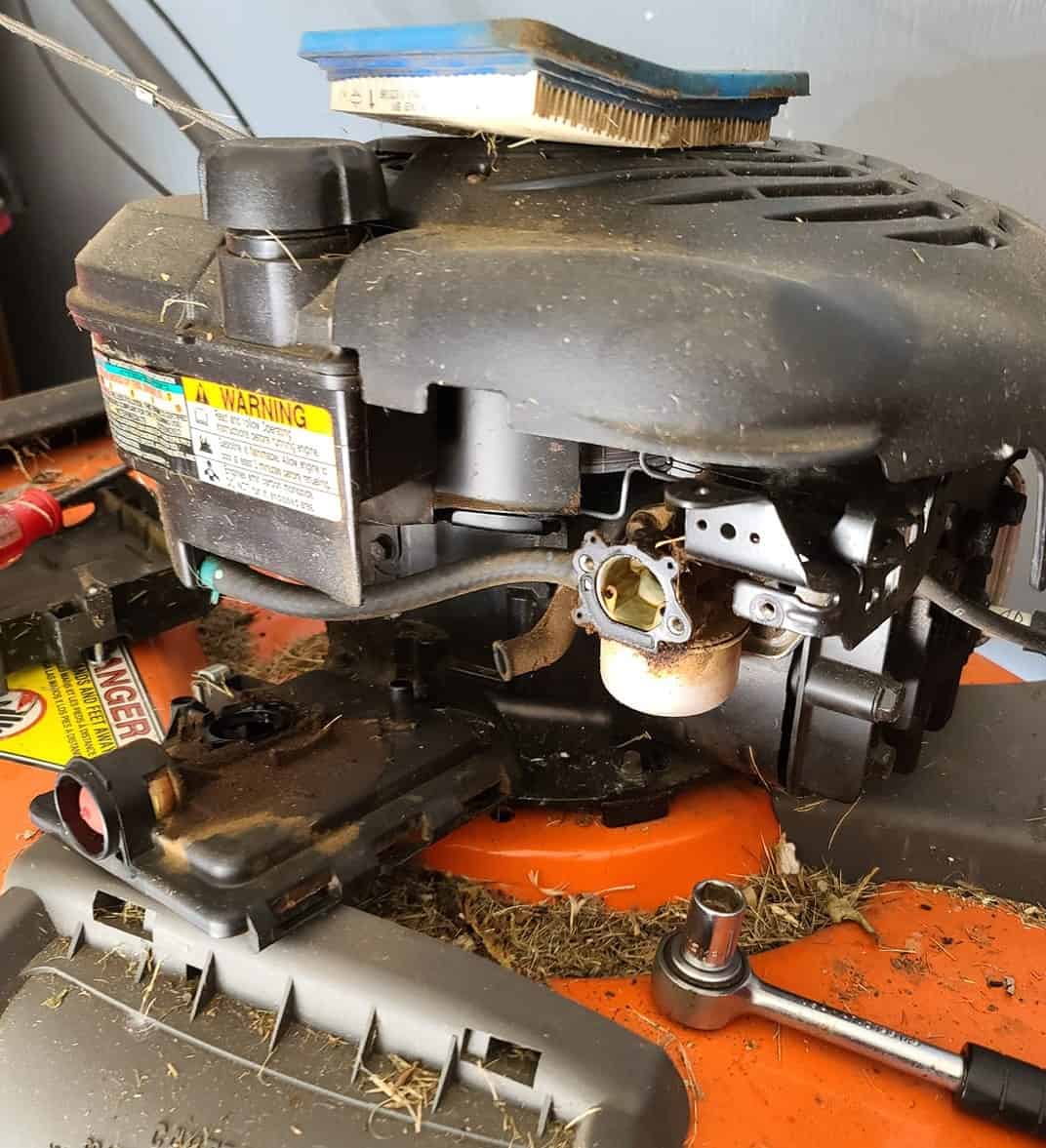Good day!
A mower is essential equipment to help you keep your lawn looking neat. However, you may find it challenging to start this machine.
One of the best ways to ensure your machine starts quickly is to prime it before starting.
Priming a lawn mower is injecting fuel into the carburetor or the fuel lines to help the engine start quickly.
This article will guide you on how to prime your device step-by-step. Let’s scroll down!
Contents
Why Is Priming A Lawn Mower Important?
A mower is only effective if it starts up properly. It is where priming comes in. Below are the reasons why this task is necessary:
Ensure Quick Start-Up
Priming a mower pumps fuel into the carburetor to help the engine start quickly.
It is essential because, without fuel in the carburetor, the engine may take several attempts or not start.
It not only saves time but also prevents flooding the engine with fuel, which can cause damage.

Prevent Engine Damage
If you try to start your mower without priming it first, the engine may not start because the carburetor has no fuel.
Therefore, you may try to start the lawn mower engine several times. It can cause damage to the engine.
That’s because each time you try to start the engine, the starter motor puts a lot of stress on the machine. This stress can cause damage to the motor over time.
Priming your machine before starting ensures that the engine starts quickly and prevents damage due to repeated starting attempts.
Improve Fuel Efficiency
When the motor runs, it burns the fuel and air mixture in the carburetor to produce power.
If the carburetor has insufficient fuel, the engine may not run efficiently. It can result in higher fuel consumption and lower power output.
Priming ensures the motor has the right fuel to run efficiently, saving energy and improving performance.

Priming A Lawn Mower: Step-By-Step Guides
After understanding the importance of priming your mower, consider the following instructions to get your task done more efficiently:
Step 1: Locate The Primer Bulb
This component, used to inject fuel into the carburetor, is typically on the side of the mower’s carburetor.
It is a small rubber bulb pressed to achieve this function. It’s a crucial machine component because the carburetor won’t receive the necessary fuel to operate without it.
It is so vital that many models will only operate if this component is functioning correctly.
Thus, you must regularly check the condition of the primer bulb. Also, replace it if necessary to ensure the continued smooth operation of your machine.

Step 2: Check the Fuel Level
Before priming your machine, check the fuel level. If the fuel level is low, fill it up with fresh gasoline.
Using stale gasoline can make it challenging to start the machine.
Step 3: Press the Primer Bulb
Once you’ve located this component and checked the fuel level, press the bulb three to four times.
Pressing the bulb injects oil into the mower’s carburetor and helps the engine start quickly.
Step 4: Start the Lawn Mower
After priming your machine, it’s time to start the engine. Pull the starter cord to start the engine.
If the engine doesn’t start after a few pulls, prime it again and try starting it.
Common Mistakes When Priming A Lawn Mower
Many gardeners make mistakes when priming their mowers, leading to problems starting and running the device. Here are five common mistakes when priming this machine and how to avoid them:
Mistake 1: Not Priming Enough
One of the common mistakes is not priming enough. The number of times you need to prime your machine will depend on the model and make of your device.
However, as a general rule, you should prime this machine thrice or until you see fuel in the primer bulb.
Mistake 2: Priming Too Much
On the other hand, priming too much can also be a mistake. Over-priming can flood the engine with fuel, making it difficult to start.
If you notice the engine is flooded, wait a few minutes to let the excess fuel evaporate before starting the device again.
Mistake 3: Not Choking the Engine
Choking the engine reduces the amount of air going into the carburetor, which creates a richer fuel-to-air ratio that makes starting easier. If your machine has a choke, engage it before priming.
Mistake 4: Priming with Dirty Fuel
Using dirty fuel to prime your machine, you can clog the carburetor and fuel lines.
Always use clean, fresh fuel when priming your machine. Consider using a fuel stabilizer to keep the fuel fresh for longer.
If you are unsure which fuel to use for your equipment, you can watch this video:
Mistake 5: Not Following the Owner’s Manual
Finally, many people make the mistake of not following the owner’s manual when priming their mowers.
The owner’s manual will provide specific instructions for priming your machine, including:
- The times you need to prime it
- How to engage the choke
Therefore, always refer to the owner’s manual first.
FAQs
How To Prime A Lawn Mower?
You can get your task done more quickly with our simple steps:
- Locate the primer bulb
- Check the fuel level
- Press the primer bulb
- Start the machine
How Many Times Should You Prime A Lawn Mower?
The number of times you should prime your lawn mower depends on the type you have. Typically, you must prime your machine 3-5 times before starting it up. However, some newer models may only require one or two primes.

Is a Primer Bulb Necessary?
Yes! If not used for a long time, the engine may struggle to start without a primer bulb.
In A Nutshell
Priming a lawn mower is an easy and essential step to ensure your machine starts quickly. Following the steps outlined in this blog post, you can prime your device like a pro. Also, avoid the common mistakes mentioned above.
With these tips, you can have a device that starts quickly and efficiently, making lawn maintenance a breeze.





